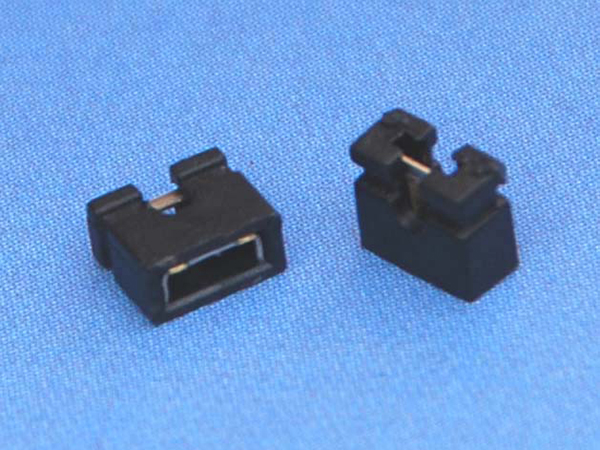
Common environmental properties include low temperature, constant humid heat, alternating humid heat, salt spray test, sulfur dioxide test, hydrogen sulfide test
1. Temperature resistance:
At present, the maximum operating temperature of connectors is 200 ° C (except for a few high-temperature special connectors), and the minimum temperature is -65 ° C. When the connector is working, the current generates heat at the contact point, resulting in temperature rise. Therefore, it is generally considered that the operating temperature should be equal to the sum of the ambient temperature and the temperature rise of the contact. In some specifications, the maximum temperature rise allowed by the connector at the rated operating current is clearly specified.
2, moisture resistance
The intrusion of moisture will affect the insulation performance of the connection and rust metal parts. The constant humidity and heat test conditions are: relative humidity 90% ~ 95% (according to product specifications, up to 98%), temperature + 40 ± 20 ℃, test time according to product regulations, minimum 96 hours. Alternating damp heat test is more severe.
3. Salt spray resistance
When the connector works in an environment containing moisture and salt, the metal structure and contact surface treatment layer may cause galvanic corrosion, which affects the physical and electrical properties of the connector. To evaluate the electrical connector's ability to withstand this environment, a salt spray test is specified. It suspends the connector in a temperature-controlled test chamber, and sprays compressed air with a sodium chloride solution of a specified concentration to form a salt mist atmosphere. The exposure time is specified by the product specification, at least 48 hours.

4. Vibration and shock
Vibration and shock resistance are important properties of electrical connectors. They are particularly important in special applications such as aviation and aerospace, railway and road transportation. It is a test of the robustness and electrical contact reliability of the mechanical structure of electrical connectors. Important indicators. There are clear regulations in the relevant test methods. The impact test should specify the peak acceleration, duration and impact pulse waveform, and the time of electrical continuity interruption.
5. Other environmental performance
According to the use requirements, other environmental properties of the electrical connector include tightness (air leakage, liquid pressure), liquid impregnation (resistant to specific liquids), low air pressure, etc.
 Contact: Ms Zhao +86-13650012366
Contact: Ms Zhao +86-13650012366
 Contact: Mr Li +86-13926843468
Contact: Mr Li +86-13926843468
 E-mail: sales@dniceconn.com
E-mail: sales@dniceconn.com
 E-mail: rubyzhao163@163.com
E-mail: rubyzhao163@163.com
 Add: No.2,Yuan Fu road, Yuan Jiang Yuan village, Chang
Add: No.2,Yuan Fu road, Yuan Jiang Yuan village, Chang
 Public account
Public account Add WeChat
Add WeChat Mobile site
Mobile site Mini Program
Mini Program